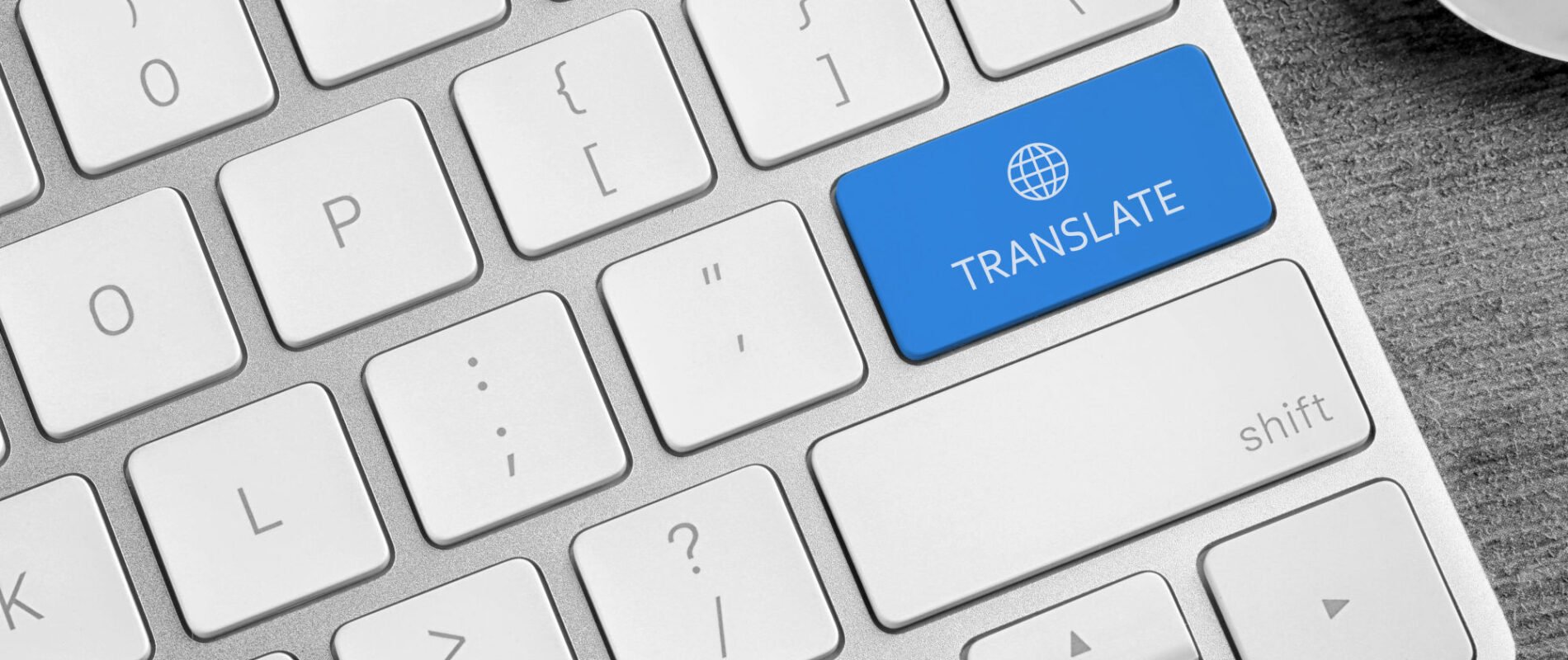Patent translation is a highly specialized field that demands precision, consistency, and a deep understanding of technical and legal language. Unlike general translation, where creativity and flexibility often play a role, patent translation leaves little room for ambiguity. A single mistranslated term can alter the scope of a patent, lead to legal disputes, or even render an invention unprotected. To navigate this complex landscape, a specialized terminology database is not just helpful—it’s essential. Here’s why.
Ensuring Technical Accuracy
Patents are technical documents that describe inventions in precise detail, often using industry-specific jargon. For example, a term like “actuator” in mechanical engineering might refer to a specific component, but its meaning could differ slightly in robotics or aerospace contexts. A general dictionary might offer a broad translation, but it risks missing the nuance required for a patent. A specialized terminology database, tailored to the relevant field—whether biotechnology, software, or chemical engineering—provides translators with accurate, context-specific terms. This ensures that the translated patent reflects the invention’s technical details exactly as intended.
Moreover, patents often introduce novel concepts or newly coined terms that don’t yet exist in standard dictionaries. A terminology database, regularly updated with emerging terms, allows translators to stay current and maintain accuracy even for cutting-edge innovations.
Maintaining Legal Precision
Patents are not just technical documents; they are legally binding ones. The language used in a patent defines the scope of intellectual property protection, and even a minor error in translation can have significant legal consequences. For instance, a poorly translated term might narrow the patent’s claims, leaving the invention vulnerable to infringement, or broaden them excessively, risking rejection by patent offices. A specialized terminology database ensures that translators use standardized, legally vetted terms that align with the conventions of patent law in the target jurisdiction.
For example, the term “prior art” in patent law has a very specific meaning, referring to existing knowledge or technology relevant to an invention’s novelty. A terminology database ensures this term is translated consistently and correctly, avoiding confusion with similar but legally distinct concepts.
Enhancing Consistency Across Documents
Patents are often part of a larger portfolio, with multiple filings across different countries. Consistency in terminology is critical to ensure that all versions of a patent—whether filed in the U.S., China, or Europe—describe the same invention in the same way. A specialized terminology database provides a centralized repository of approved terms, ensuring that translators use the same translations for key concepts across all documents. This is particularly important for multinational companies filing patents in multiple languages, where inconsistent terminology could lead to discrepancies in patent scope or interpretation.
For instance, if a patent for a pharmaceutical compound uses “active ingredient” in one translation and “principal component” in another, it could create confusion during patent examination or litigation. A terminology database eliminates such risks by standardizing terms across all translations.
Streamlining the Translation Process
Translating a patent is a time-sensitive task, often subject to strict deadlines set by patent offices. A specialized terminology database significantly speeds up the process by providing translators with readily accessible, pre-approved terms. Instead of researching each technical term from scratch or consulting multiple sources, translators can rely on the database to provide accurate translations instantly. This not only improves efficiency but also reduces the likelihood of errors under time pressure.
Additionally, a well-maintained database can integrate with translation tools, such as computer-assisted translation (CAT) software, further streamlining the workflow. This allows translators to focus on the nuances of the text rather than getting bogged down in terminology research.
Adapting to Regional and Industry Variations
Patent systems and technical standards vary across countries and industries. A term that is standard in one region may not be appropriate in another. For example, the European Patent Office (EPO) and the United States Patent and Trademark Office (USPTO) have different stylistic and terminological preferences. A specialized terminology database can include region-specific terms and guidelines, ensuring that translations meet the expectations of the target patent office.
Similarly, industries often have their own terminological conventions. A database tailored to specific fields—such as telecommunications or medical devices—can account for these variations, ensuring that translations are both accurate and appropriate for the intended audience.
Building Trust with Stakeholders
Finally, a specialized terminology database fosters confidence among inventors, patent attorneys, and examiners. When translations are consistent, accurate, and aligned with industry and legal standards, stakeholders can trust that the patent accurately represents the invention. This is particularly important in high-stakes industries like pharmaceuticals or technology, where patents are critical to protecting innovation and securing market advantage.
In conclusion, a specialized terminology database is the backbone of effective patent translation. It ensures technical and legal precision, maintains consistency across documents, streamlines the translation process, and adapts to regional and industry-specific requirements. By investing in a robust terminology database, translators can deliver high-quality translations that protect the integrity of the patent and the interests of the inventor. In a field where precision is paramount, this tool is not just a luxury—it’s a necessity.











